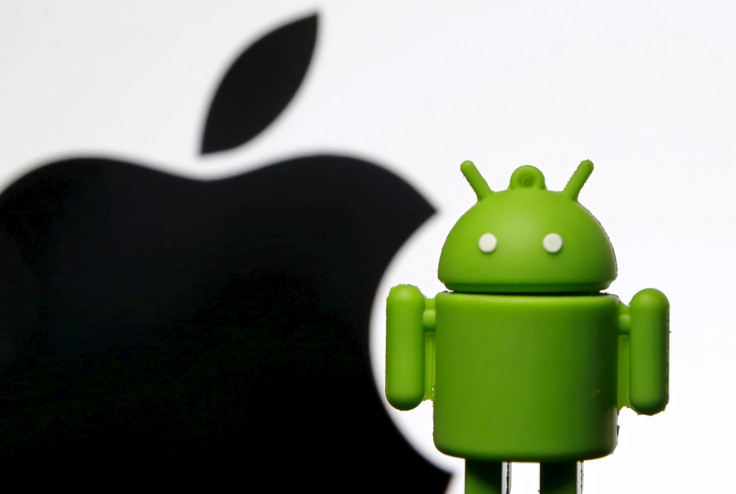How to move from iPhone to Android: Using Google Drive makes the switch easier than ever
Google's 'Switch to Android' feature makes the transition from an iOS device to Android easier.

Upgrading to a new smartphone is meant to be an exciting occasion as you finally get your hands on the next generation of mobile hardware. That is until you realise all of your photos, music, contacts and other bits of essential data are stuck in your departing device.
Backing-up and transferring your data between compatible devices in the same product or OS family can be a pain without the right apps, but transitioning between an Apple iPhone or iPad and an Android smartphone or tablet presents its own set of challenges.
Apple has provided users with a method of jumping from an Android smartphone to an iPhone for a while with its Move to iOS app, but Google has now provided a simple method of switching from iOS to Android with your precious files intact thanks to a Google Drive update.
The Switch to Android website lists multiple ways to transfer your contacts, calendar events and camera roll. However, Google Drive now does most of the hard work for you by using Google Contacts, Google Calendar, and Google Photos cloud back-ups. You can also use the feature to back-up your iOS files to Google's apps for safe keeping, even if you are not making the switch.
Below you'll find instructions on how to begin the transfer and start your new mobile life with Android:
How to migrate contacts, calendar events, photos and videos from iOS to Android using Google Drive
1. Download Google Drive on your iOS device from the App Store (or update it to its latest version).
2. Open the app and create a Google account or log-in as an existing user.
3. Tap the menu button (three horizontal lines) located in the top left corner.
4. Tap Settings > Backup
5. Contacts, Calendar events and Photos & videos will be scheduled for back-up by default, but you can turn each one off individually by expanding each tab.
Note: Photos and videos will be transferred in "Original" quality as standard which will take up part of Drive's 15GB free cloud storage. Changing this to "High quality" will not take up storage, but can reduce the file size and quality.
6. Accept permissions for Drive to access Apple's Contacts, Photos and Calendar apps (if this hasn't already been done in the past).
7. Make sure your iOS device is connected to Wi-Fi. Plugging your device into a charger is also recommended.
8. Tap Start Backup and wait. The back-up process may take a while depending on how many files you have on your iOS device.
9. Once completed, sign into the same Google account on your Android device and your files should automatically zip over. If not you may need to go into your device's Settings menu and make sure that Google's cloud files are syncing correctly.
While your music won't make the trip across on the cloud, you can sync iTunes with Google's Play Music Manager service (on PC and Mac) in a few simple steps:
How to transfer your iTunes Library from iOS to Android using Google Play Music Manager
- Sync your iPhone or iPad with iTunes on your computer to back-up all of your music files.
- Install Google Play Music Manager.
- Create a Google account or log-in as an existing user (this process requires a Google Wallet account, but the transfer service is free).
- Select which Tracks, Albums or Playlists you wish to sync, up to a 50,000 track limit.
- Your library will now show up in the Google Play Music apps on Android devices and in any web browser at Google's Play Music website.
© Copyright IBTimes 2025. All rights reserved.






















